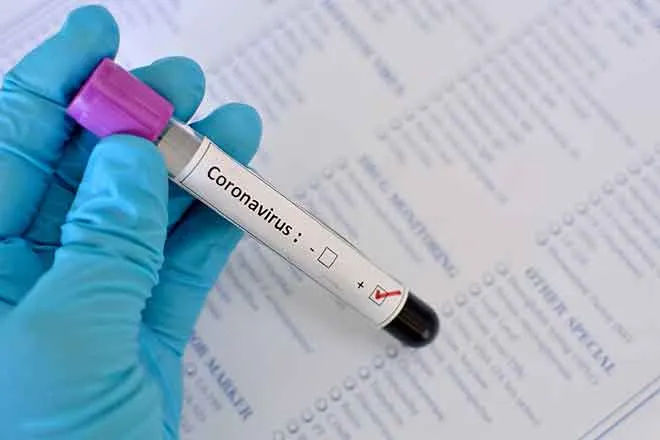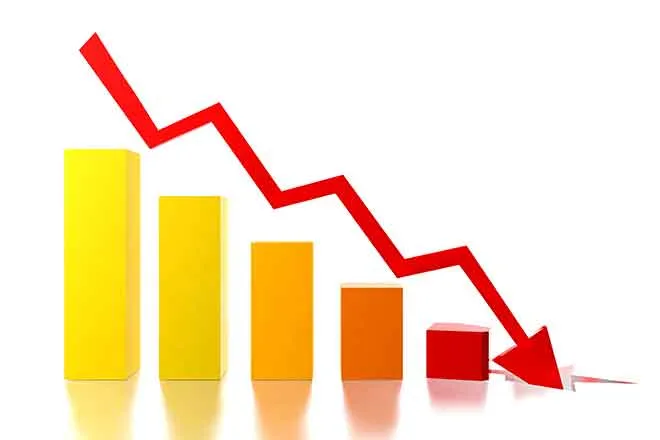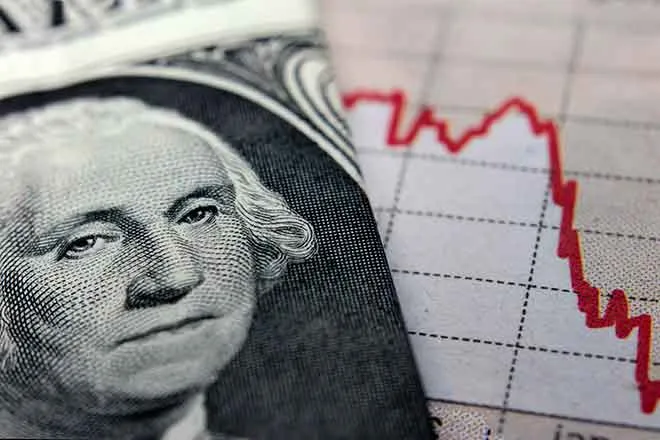
Colorado inflation ends year under than national average, still remains high
Colorado reported lower than average year-over-year change in prices in 2024, according to a new report from the state’s Legislative Council Staff.
While the national average at the end of 2024 was 2.7 percent inflation, Colorado’s was 2 percent. Colorado inflation was measured using prices in the Denver-Aurora-Lakewood metropolitan area.
Housing was the biggest reason for the difference in national and state inflation numbers. While nationally housing made up 1.8 percent of the contribution to inflation, in Colorado it made up just 0.4 percent.

© cagkansayin - iStock-1324646106
That is down significantly from the peak in housing inflation in 2022, when overall inflation also peaked in Colorado at almost 10 percent year-over-year.
That could partly be due to a decrease in home prices in Denver in 2024, down 3 percent from 2022.
Still, Coloradans are seeing a significant overall rise in costs.
According to a report from the U.S. Senate’s Joint Economic Committee, Colorado ranked number one in the nation for increased costs compared to 2021.
“The average household in Colorado is paying $1,332 more per month to purchase the same basket of goods and services as in January 2021,” stated the report. “Cumulatively, the average Colorado household has spent $42,079 more due to inflation since January 2021.”
Overall, unemployment rates are beginning to tick up, both nationally and in Colorado, the state’s report found. Down from the pandemic’s 12 percent, Colorado’s unemployment rate is currently 4.1 percent.
Government jobs had one of the highest gains year-over-year in 2024 from 2023, with a 4.1 percent increase. The only other tracked sectors that ranked higher were “mining and logging” and “other services.”
Real personal income growth in Colorado (2.5 percent) was above the state’s historical average of 1.7 percent, but lower than the national average of 2.8 percent.
















